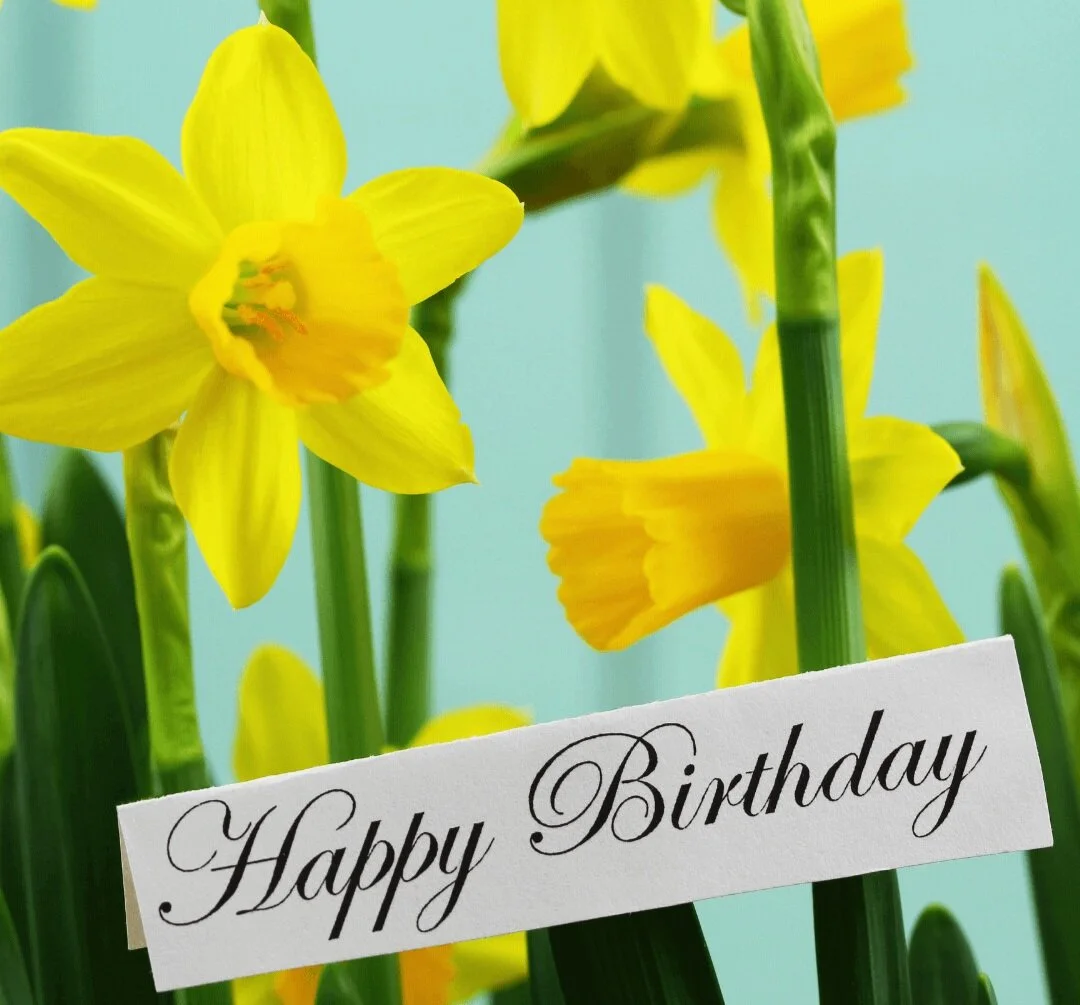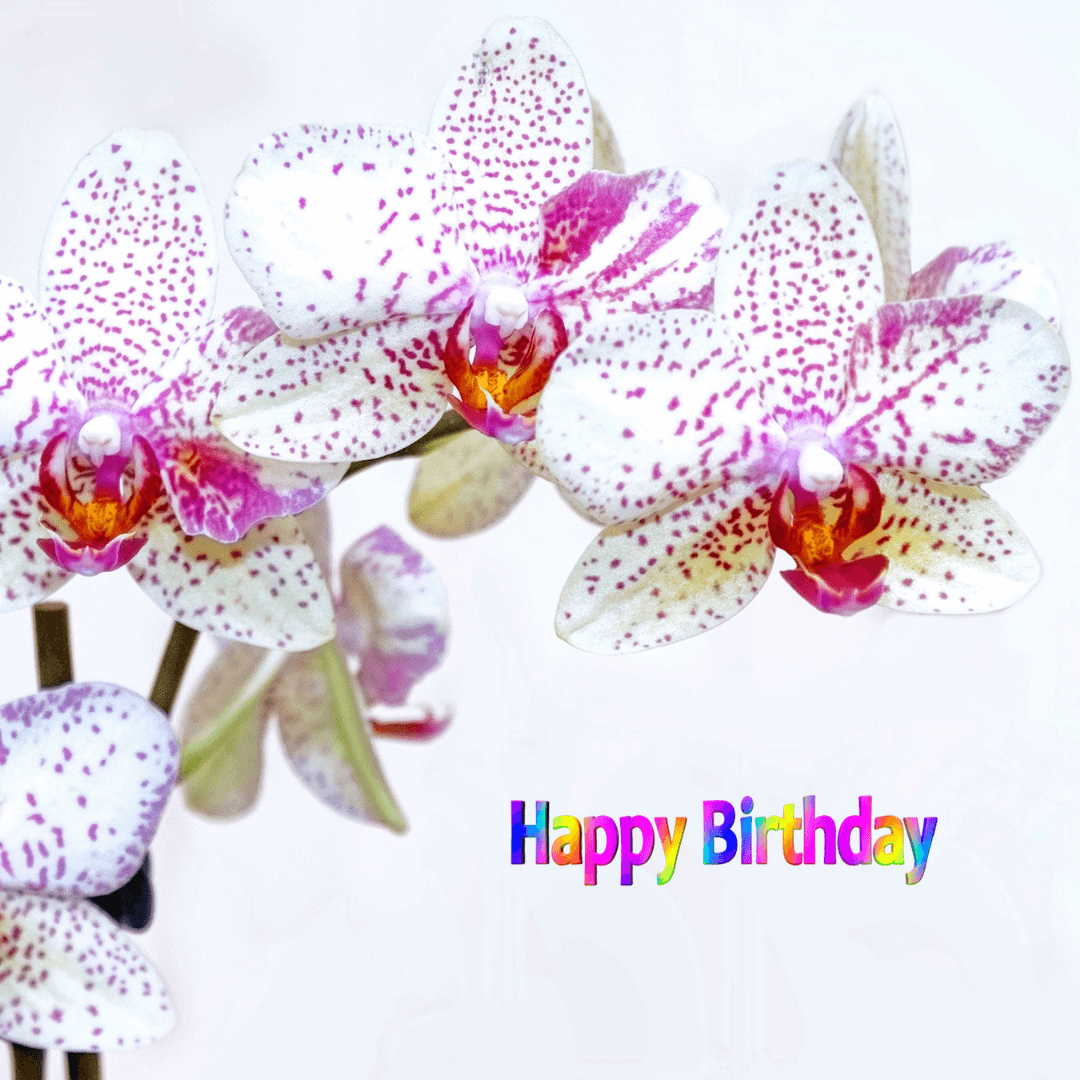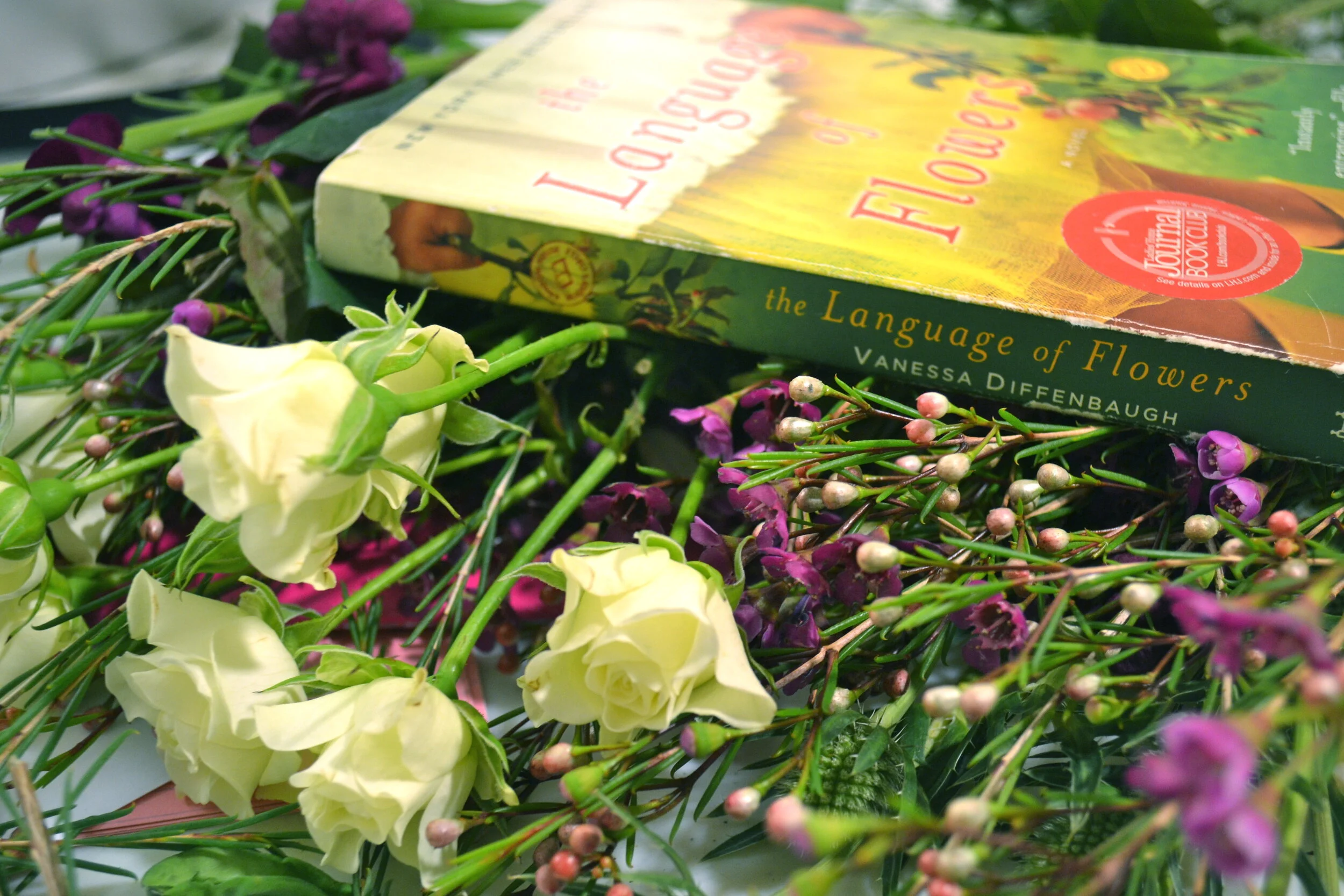Meaningful Flowers for March Birthdays
Do you know someone with a birthday in March? Are you planning on giving them some flowers? An easy way to make your gift extra special is to choose flowers that create a meaningful message.
With knowing just a few things, your floral gift can be personalized specifically for someone with …
Do you know someone with a birthday in March? Are you planning on giving them some flowers? An easy way to make your gift extra special is to choose flowers that create a meaningful message.
With knowing just a few things, your floral gift can be personalized specifically for someone with a March birthday.
Birth month flower:
Every month has a flower associated with it - its birth month flower. The flower for the month of March is the daffodil. The meaning for daffodils is ‘new beginnings’.
Zodiac:
Every zodiac sign has a flower that represents it. The signs and flowers for March birthdays are:
Pisces: February 19 - March 20: Your flower is the water lily. The meaning for water lilies is ‘purity of heart’.
Aries: March 21 - April 19: Your flower is the honeysuckle. Honeysuckle is a symbol of ‘pure happiness’.
(Water lilies and honeysuckle would be difficult to give as a gift, but perhaps you could incorporate them into your gift by getting a card with a picture of a water lily or honeysuckle on it.)
Colour:
Aquamarine: March’s birthstone - a light bluish-green colour. To create a flower arrangement that reflects an aquamarine birthstone, choose light blue flowers mixed with greenery.
Flowers you could use: Hydrangea, tweedia, eryngium, delphinium, and hyacinth.
Yellow: Yellow is another great colour choice for March. It’s a cheerful colour and you’ll easily be able to represent it with March’s flower, the daffodil. (Bonus - a mixture of blue and yellow flowers make a striking combination.)
Seasonal:
March is abundant with flowers that are available all year long, (lilies, alstroemeria, gerberas, lisianthus, roses, carnations, chrysanthemums, snapdragons), as well as with spring flowers that are just beginning to burst into bloom.
March flowers: Daffodils, tulips, hyacinths, iris.
Top tip: You don’t need to include all these options. Pick what works best for the message you want to send and you’ll have created a unique and meaningful gift for that lucky March birthday person.
Suggestion:
If I were to give flowers to a friend with a birthday in March, I would create a very cheerful and seasonal bouquet with a mixture of daffodils (to symbolize the start of a new year) and tweedia (to represent the aquamarine birthstone).
(You can learn about meaningful flowers for February birthdays HERE.)
Meaningful Flowers for February Birthdays
Do you know someone with a birthday in February? Are you planning on giving them some flowers? An easy way to make your gift extra special is to create a …
Do you know someone with a birthday in February? Are you planning on giving them some flowers? An easy way to make your gift extra special is to create a meaningful message with your choice of flowers.
With knowing just a few things, your floral gift can be personalized specifically for someone with a February birthday.
Birth month flower:
There are two birth month flowers for February. Neither are used in bouquets, but both are widely available in plant form.
Violet: Violets signify loyalty and faithfulness. Giving an African violet plant is a way to say, “I’ll always be here for you.”
Primrose: The most popular meaning for primrose is “I can’t live without you’.
Zodiac:
Every zodiac sign has a flower that represents it.
Aquarius: January 20 - February 18: Your flower is the orchid. The meaning for orchid is ‘refined beauty’. You could add cut orchid stems to a mixed bouquet, or buy an orchid plant.
Pisces: February 19 - March 20: Your flower is the water lily. The meaning for water lilies is ‘purity of heart’. Fresh water lilies would be difficult to give as a gift, but perhaps you could incorporate it into your message by giving a card with a water lily on it.
Colour:
Pink and red are big colours for the month for February, because of Chinese New Year and Valentine’s Day. I have two other colour choices to recommend:
Purple: The birthstone for February is amethyst. Purple flowers would be a great way to represent it.
Yellow: February is a rather dreary month. Yellow flowers are cheerful and would brighten any room.
BONUS: Purple and yellow work well together is a mixed bouquet.
Seasonal:
February is abundant with flowers that are available all year long, as well as early spring flowers that are just starting to make an appearance. Some to consider:
Lilies, alstroemerias, gerberas, lisianthus, ranunculus, roses, carnations, chrysanthemums, snapdragons, iris, daffodils, and tulips.
Personal touch:
Consider the person you are giving the flowers to. Try adding into your bouquet, flowers in their favourite variety or favourite colour.
Top tip:
You don’t need to include all these options. Pick what works best for the message you want to send, and you’ll have created a unique and meaningful gift for that lucky February birthday person.
Suggestion:
If I were to give flowers to a friend with a birthday in February, my bouquet would include:
Purple alstroemeria: Purple to represent February’s birthstone and alstroemeria for it’s meaning of ‘friendship’.
Yellow gerberas: Yellow is a cheerful colour and the meaning for gerberas is also ‘cheerful’.
White tulips: Tulips are just coming into season and white represents ‘honour’ - an important quality in a friendship.
Introducing the Language of Flowers
It’s well-known that a red rose symbolizes love, but what’s not as well-known is that most flowers have a special meaning attached to them. Using flowers and their meanings to create and send messages has been practiced for thousands of years and…
It’s well-known that a red rose symbolizes love, but what’s not as well-known is that most flowers have a special meaning attached to them. Using flowers and their meanings to create and send messages has been practiced for thousands of years and across all cultures. This is the language of flowers.
While the popularity of the language of flowers hit a high point during the Victorian era, today it’s existence has almost been forgotten. I first learned of it from a novel I read by Vanessa Diffenbaugh, aptly named, The Language of Flowers. Within the first few pages I was captivated by the way you could make a bouquet of flowers have a special meaning, purely from your choice of flowers. However, I quickly realized why the popularity of this “language” has fallen out of favour; intriguing and exciting as it is, the intricacies of the language make it difficult to use. It turns out every flower can have more than one meaning, and sometimes those meanings are total opposites of each other! Take a sunflower, for example. It can mean ‘adoration’, because of the way it turns its face towards the sun. But it can also mean ‘haughtiness’, because it can look like it’s turning its nose up at something.
Despite these complications, I think now is a perfect time in history to start using this means of communication again. Today we live in a time when people are intrigued with the past, yet also a time of technology and social media. So while we value ancestry and all things vintage, we are also made very aware of what the latest trends are, and then we seem to want what everyone else has. Using the symbolism in the language of flowers is a great way to connect the past with the present. For example, you can take inspiration from an image of a flower bouquet on Instagram, and then make it unique by using flowers that give it a personal message.
In modernizing this language, we can make it popular again. In upcoming posts I will share with you ideas of how to take the complications away from the meanings, and then how to incorporate them into your flower use so you can create personalized and meaningful flower arrangements for your friends, your family and yourself to enjoy.





